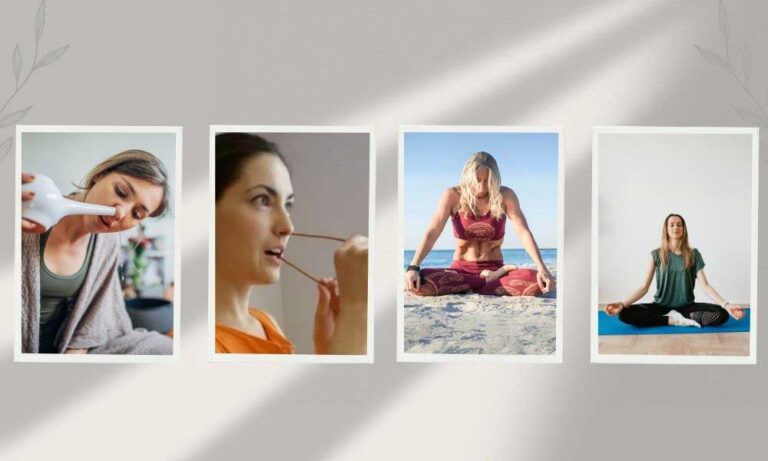Yoga Practice Name
Shankhaprakshalana (शंखप्रक्षालन)


Shankhaprakshalana (शंखप्रक्षालन)
Conch Cleansing" or "Intestinal Wash" / "Yogic Colon Cleansing
Description:
Śaṅkha Prakṣālana is a yogic intestinal cleansing technique that washes the entire digestive tract using warm saline water and specific dynamic āsanas. It helps in detoxification and balancing the digestive system.
Steps:
Preparation:
Drinking Water:
Asana Sequence (each done 8 times):
Repeat:
Evacuation:
Post-Practice Care:
1.Kunjal Kriya, 2.Neti Kriya, 3.Vaman Dhauti, 4.Kapalbhati, 5.Basti Kriya, 6.Trataka